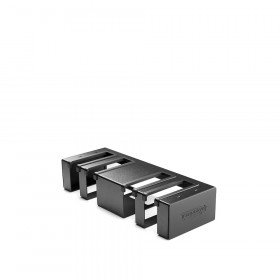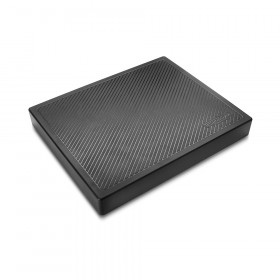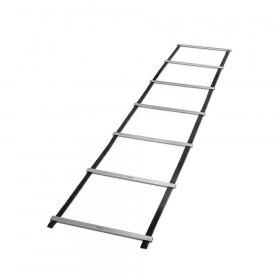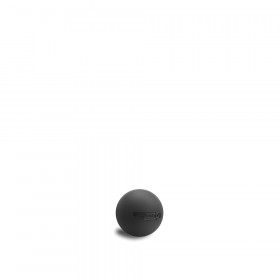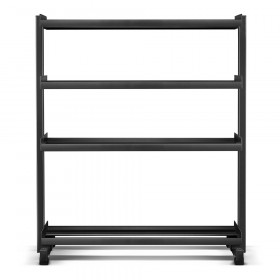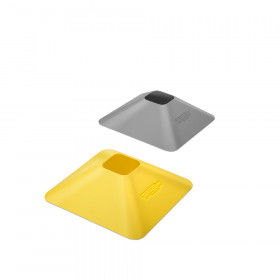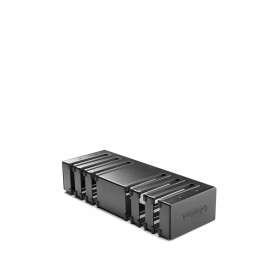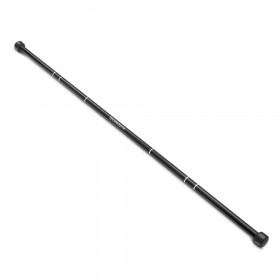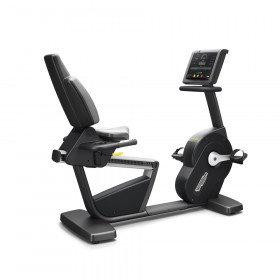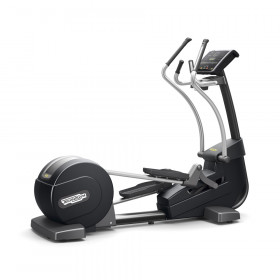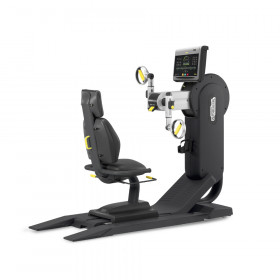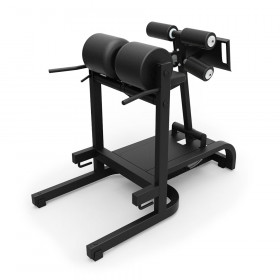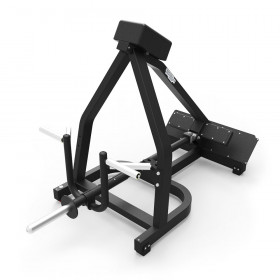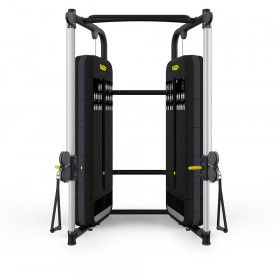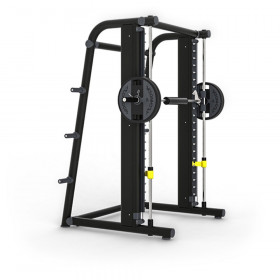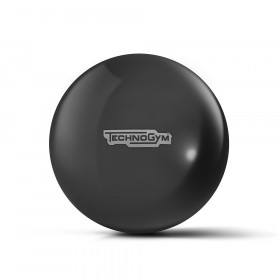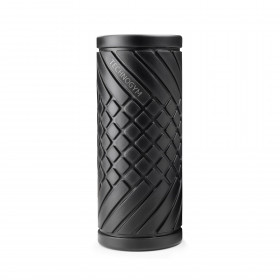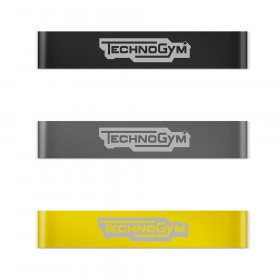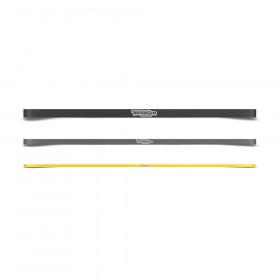When it comes to maintaining a healthy, pain free back, suppleness and flexibility are as important as posture and strength. Stretching your back regularly can help keep your muscles flexible, the joints in your spinal column supple, help prevent injury, and also reduce lower back pain.
There are many different techniques for stretching your back. Yoga stretches have been shown to be particularly beneficial by some recent studies. Below are some suggestions on how to stretch your back whether you are at home, in the gym, or at the office.
Stretches to do at home
Supine (face up) groin stretch. This stretch lengthens the iliopsoas, which is one of the hip flexor muscles. This is a great stretch if you have lower back pain:
- Lie flat on the floor with your arms by your side and palms up on your back with both legs out straight.
- Raise one of your legs and bending at the knee, position your leg so your thigh is resting on the seat of a chair. Make sure your knee and hip are at ninety degrees.
- Place a heavy object to prop up the foot that is on the floor and relax your foot against it. This should prevent your foot rolling sideways.
- You may have a little space between the floor and your lower back.
- Contract the thigh of the leg that is on the floor for a second, then relax and remain in this position for 5 minutes.
- Keep contracting and relaxing your thigh until you feel the contraction in the centre of your thigh and your back has relaxed into the floor. When this happens, switch the leg you are working on.
Neck Stretches – These help relieve tension in the neck and shoulder area which can exacerbate pain in the back.
- While either standing or sitting, gently bend the head forward while bringing the chin toward the chest until a stretch is felt in the back of neck. Hold for a second or two, then slowly return to normal. Repeat a few times. (Chin to chest)
- With your head and neck straight while in a normal posture, gently bend the neck to one side (as if to touch the ear to the shoulder) until a stretch is felt in the side of the neck. Switch to slowly stretch the other side. Repeat a few times. (Ear to shoulder).
Back Stretches – These stretches can decrease back pain and discomfort by helping to bring back some suppleness and increase mobility.
- Lie flat on your back and pull both knees to the chest while simultaneously bringing the head forward so you curl up into a ball. Continue to pull your self together in this balled up position until you feel a comfortable stretch.
- Lie on your back with the knees bent and both heels on the floor, place both hands behind one knee and pull it towards your chest.
Technogym Wellness ball back extension – The wellness ball provides extra support and helps the spine to curve naturally, as you stretch your back.
- Lie face down over the ball so your stomach and pelvis are comfortably resting on the top of it.
- Put your hands behind your head elbows out to the side and stretch your body upward, arching your back.
- Use your gluteus and your hamstrings to stabilise your position and prevent you from over arching your back.
Hips and buttocks (gluteus) Stretches
The hips and buttocks play a major role in supporting the lower back and stretching these muscle groups helps maintain spine flexibility.
Hip Stretch
- While standing with feet shoulder-width apart, take a half-step back with the right foot, bend the left knee and shift weight back to the right hip.
- While keeping the right leg straight, bend forward more and reach down the right leg until a stretch in the outer hip is felt.
- Repeat for each side.
Piriformis Muscle Stretch
The piriformis muscle is a small muscle located deep in the buttock and tension in this muscle can contribute to lower back pain.
- Lie on the back with both feet flat on the floor and both knees bent.
- Rest one ankle over the knee of the other leg.
- Pull the thigh of the leg supporting the ankle toward the chest and hold the stretch.
- Repeat for each side.
Stretching at the gym
Gym based stretching equipment is a useful tool for improving flexibility by allowing muscles to stretch and relax more quickly and efficiently than doing it without equipment. Stretching equipment helps to gently extend muscles into a more useful state of flexibility.
Technogym’s FLEXability™equipment is a new way of stretching that employs the user’s own weight to gently control the range of the stretch, thereby reducing the risk of injury due to over stretching.
Compared to traditional stretching, FLEXability is a faster and more effective way of stretching and is the only range of equipment to provide the user with feedback on their flexibility improvement.
The FLEXability Line is two-fold: Anterior and Posterior, that together stretch all the body's main muscle groups. The equipment is designed to help users stretch entire muscle chains to achieve maximum results in a minimum amount of time. The equipment can be used independently and offers a comfortable stretching alternative that is enjoyable and effective.
Muscle Chain: A Muscle chain is a group of at least 2 muscles that extend over a minimum of two joints, running in the same direction and overlapping like fish scales without any interruption in the linkage. All the muscles in the chain are mutually dependent and behave as though they are a single muscle.
Stretching at the Office
A third or more of your day can be spent in the office. Here are some stretches, which you can comfortably do in the office.
Seated twist. This is a good stretch for your back that you can do without getting up from your chair:
- Sit upright with your back straight, twisting at the waist, slowly turn to one side (ensuring that you turn your entire upper body).
- Twist slowly, taking 15-20 seconds, then come back to the middle and repeat to the other side.
- To deepen the stretch, place one hand on your opposite knee, and gently push against it whilst looking over the shoulder in the direction you are twisting.
Give yourself a hug.
- Tightly hug your shoulders to stretch between your shoulder blades.
- Continue hugging yourself for 10-15 seconds whilst taking deep slow breathes in and out to let go of any tension.
Once you have hugged your upper body, move to your legs:
- Ensuring that your chair wont move (if your chair has wheels lock them or wedge it against something) place your feet together flat on the floor.
- Lean forward taking your chest towards your knees and let your arms fall limply to the floor.
- Imagine all the tension draining out of your body through your arms into the floor.
- Then, place your hands behind your legs and hug your thighs tightly.
- Hold for 10-15 seconds then release.

